Synopsis
Dr Knowles and Professor McCork ask the question 'Are we all related?'
- Programme: Brain Freeze
- Series: 3
- Episode: 9: Ancestors
- Channel: CBBC
- Broadcast year: 2017
- Science | Animals, including humans
Licence: ERA Licence required
UK only
Staff and students of licensed education establishments only
Cannot be adapted
Add Notes
More clips from Brain Freeze

S1E15: Digestion | Brain Freeze
S1E15: Digestion | Brain Freeze
Knowles and McCork explore the digestive system of Colin the floor manager.
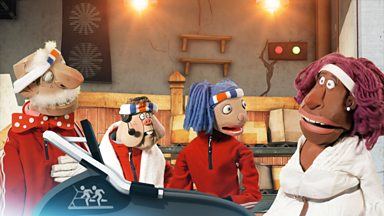
S3E1: Blood | Brain Freeze
S3E1: Blood | Brain Freeze
Knowles and McCork ask the question 'How does my heart keep beating?'
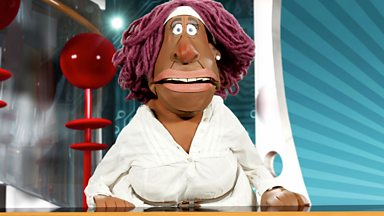
S3E10: Time Zone | Brain Freeze
S3E10: Time Zone | Brain Freeze
In this time zone special, Knowles and McCork ask 'Why does the Earth spin on its axis?'
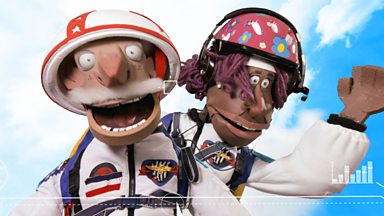
S3E11: Parachute | Brain Freeze
S3E11: Parachute | Brain Freeze
McCork and Ms Hucklebuck are in the sky as they ask 'How does a parachute work?'

S3E12: Walk | Brain Freeze
S3E12: Walk | Brain Freeze
McCork and Knowles ask 'How long would it take to walk the Earth?'
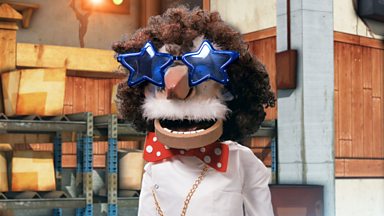
S3E13: Atoms | Brain Freeze
S3E13: Atoms | Brain Freeze
The crack TV science team investigate how many atoms there are in our bodies.

S3E14: Taste | Brain Freeze
S3E14: Taste | Brain Freeze
Knowles and McCork ask 'Why do we make saliva while we eat?'
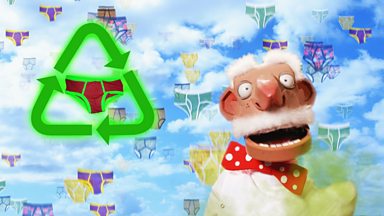
S3E2: Plastic | Brain Freeze
S3E2: Plastic | Brain Freeze
Knowles and McCork ask the question 'How much plastic is there in the oceans?'
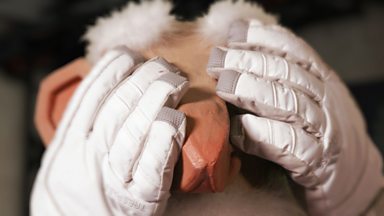
S3E3: Invisible | Brain Freeze
S3E3: Invisible | Brain Freeze
Knowles and McCork ask the question 'Which animal can turn invisible?'

S3E4: Space Food | Brain Freeze
S3E4: Space Food | Brain Freeze
Knowles and McCork ask the question 'Could pineapples grow on the moon?'

S3E5: Teeth | Brain Freeze
S3E5: Teeth | Brain Freeze
Knowles and McCork ask the question 'Why do we have baby teeth?'

S3E6: Salty | Brain Freeze
S3E6: Salty | Brain Freeze
Live from the seaside, Knowles and McCork ask the question 'Why is the sea salty?'
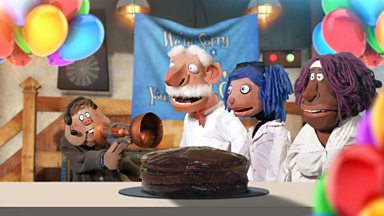
S3E7: Plant Life | Brain Freeze
S3E7: Plant Life | Brain Freeze
Knowles and McCork ask the impossible question 'How many plants are there in the world?'

S3E8: Ice | Brain Freeze
S3E8: Ice | Brain Freeze
McCork and Hucklebuck attempt to break the record for the world's biggest ice cream cone.
More resources about Evolution and Inheritence
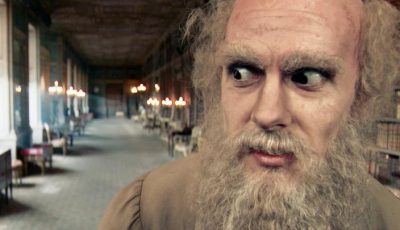
Darwin's Natural Selection (Song) | Horrible Histories
Darwin's Natural Selection (Song) | Horrible Histories
Charles Darwin explains his theory of evolution via song, oh, and there's a dancing gorilla!

Bone evolution | Secrets of Bones
Bone evolution | Secrets of Bones
Large land mammals bone structures are perfectly adapted to help them to survive.
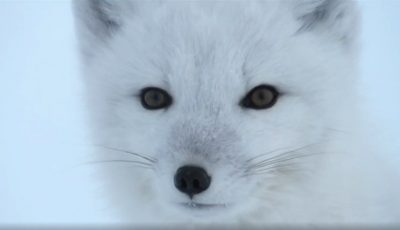
Adaptation of the Arctic Fox | Life In The Snow
Adaptation of the Arctic Fox | Life In The Snow
An exploration of how the artic fox's coat has adapted to survival in arctic winters.

Adaptation of the Owl | Life In The Snow
Adaptation of the Owl | Life In The Snow
An exploration of how the great grey owl has adapted to catching it's prey.
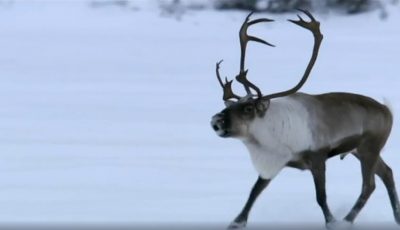
Adaptation of the Reindeer | Life In The Snow
Adaptation of the Reindeer | Life In The Snow
An exploration of how reindeer have adapted to living in freezing climates.
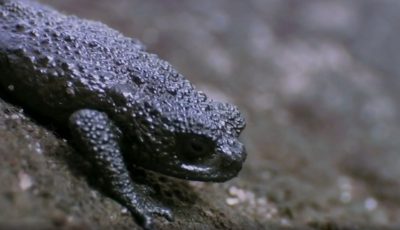
Bouncing toads | Life
Bouncing toads | Life
A toad deploys its defence mechanism in order to evade a toad eating tarantula.

Canopy dweller | Secrets of Bones
Canopy dweller | Secrets of Bones
Gibbons are the acrobats of the primate world, perfectly adapted to life in the trees.
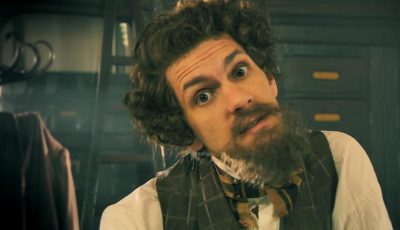
Charles Dickens - Miserable (Song) | Horrible Histories
Charles Dickens - Miserable (Song) | Horrible Histories
Charles Dickens on life, novels and inspiration from his experiences in the Victorian Era.

Echolocation | Secrets of Bones
Echolocation | Secrets of Bones
Sperm whales have extraordinary sensory capabilities, and use echolocation to hunt and locate their prey.
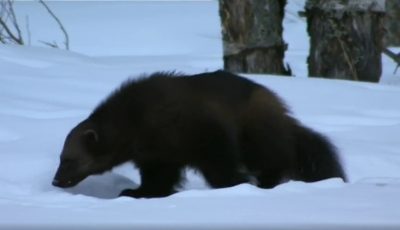
Finding Food in the snow | Life In The Snow
Finding Food in the snow | Life In The Snow
How wolverines have adapted to finding and eating food in the snow.

Over land and sea | Penguins: Meet the Family
Over land and sea | Penguins: Meet the Family
Penguins are adapted to survive and thrive both in the sea and on land.
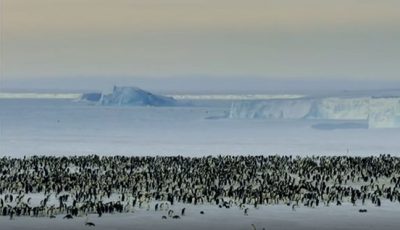
Penguin chicks | Penguins: Meet the Family
Penguin chicks | Penguins: Meet the Family
Penguin chicks are extraordinarily adapted to survive in harsh environments.
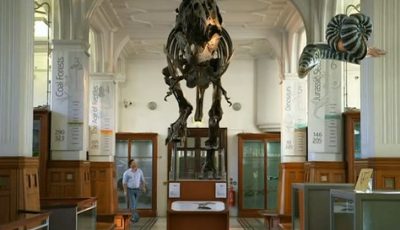
Pentadactyl limb | Secrets of Bones
Pentadactyl limb | Secrets of Bones
The pentadactyl limb adaptation, first seen over 300 million years ago, has helped a variety of animals to fly, from dinosaurs to bats.
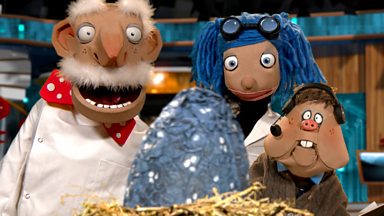
S1E12: Dinosaurs | Brain Freeze
S1E12: Dinosaurs | Brain Freeze
Knowles and McCork ask why the dinosaurs became extinct.
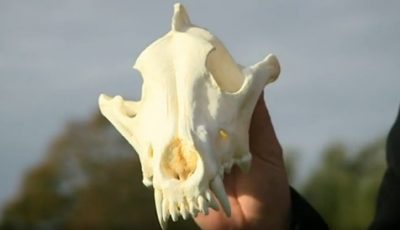
Sensory Hub | Secrets of Bones
Sensory Hub | Secrets of Bones
While skulls evolved in order to protect the brain, they've since adapted to become a sensory hub.

Smelly lemurs | Life
Smelly lemurs | Life
Smell is of particular importance to the primates of Madagascar: the lemurs.
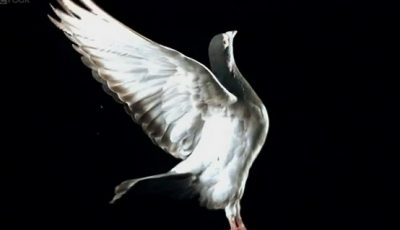
Soar and glide | Secrets of Bones
Soar and glide | Secrets of Bones
While pigeons have adapted to be all rounders, other birds have adapted to be able to execute specialised forms of flight.
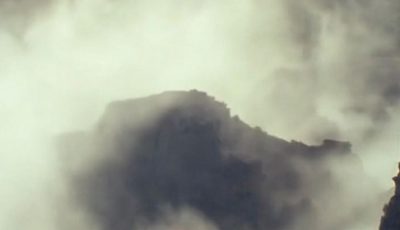
The Beginning of Life | Life on Earth
The Beginning of Life | Life on Earth
David Attenborough explains the origins of life on earth, starting over three and a half thousand million years ago.

The Weddell seal's adaptations | Life
The Weddell seal's adaptations | Life
The Weddell seal is perfectly adapted to survive in the environment it must endure.
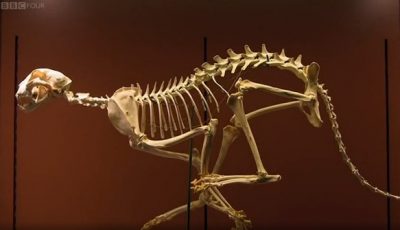
Vertebrae evolution | Secrets of Bones
Vertebrae evolution | Secrets of Bones
Snakes, cheetahs and gazelles each have specially adapted vertebrae that help them to survive.
